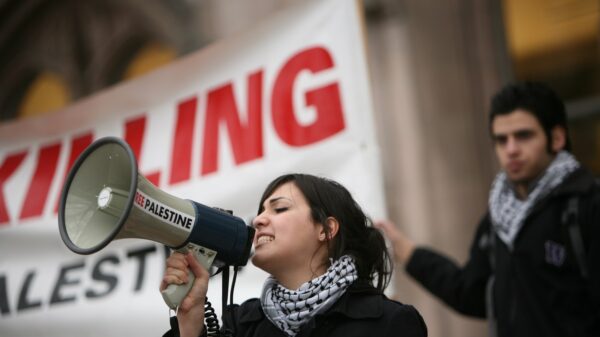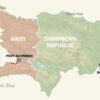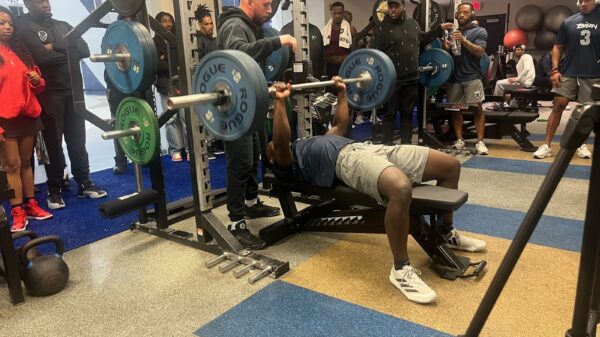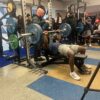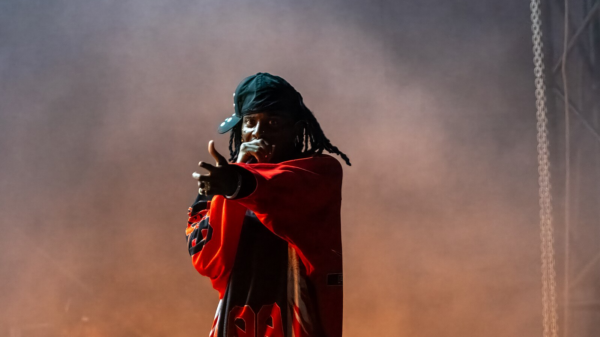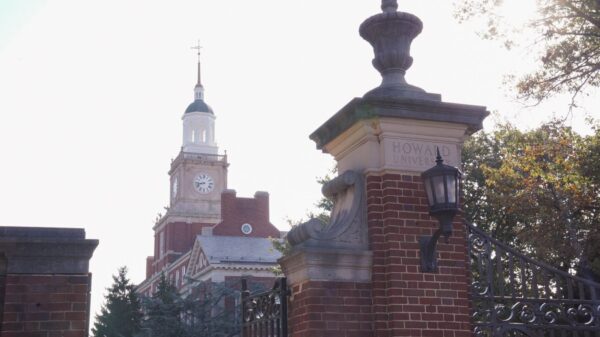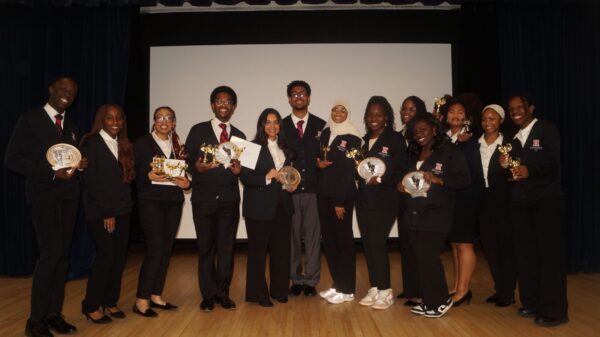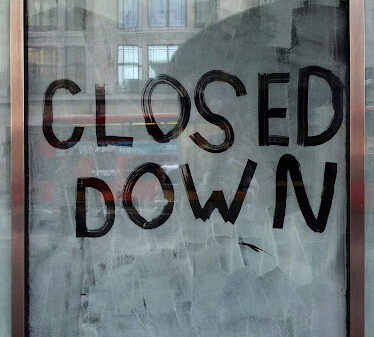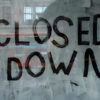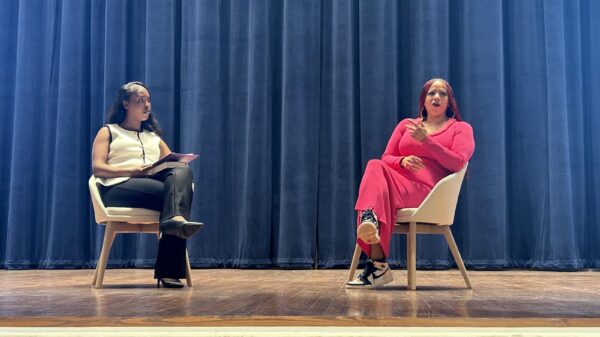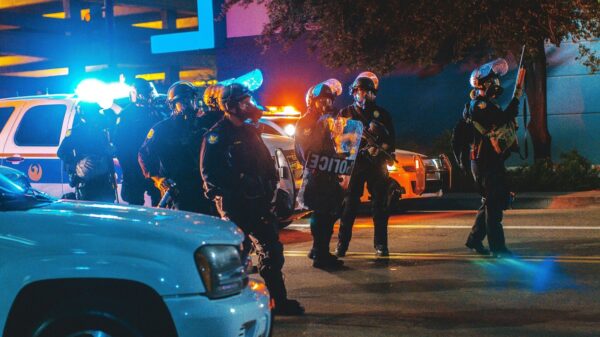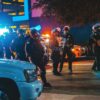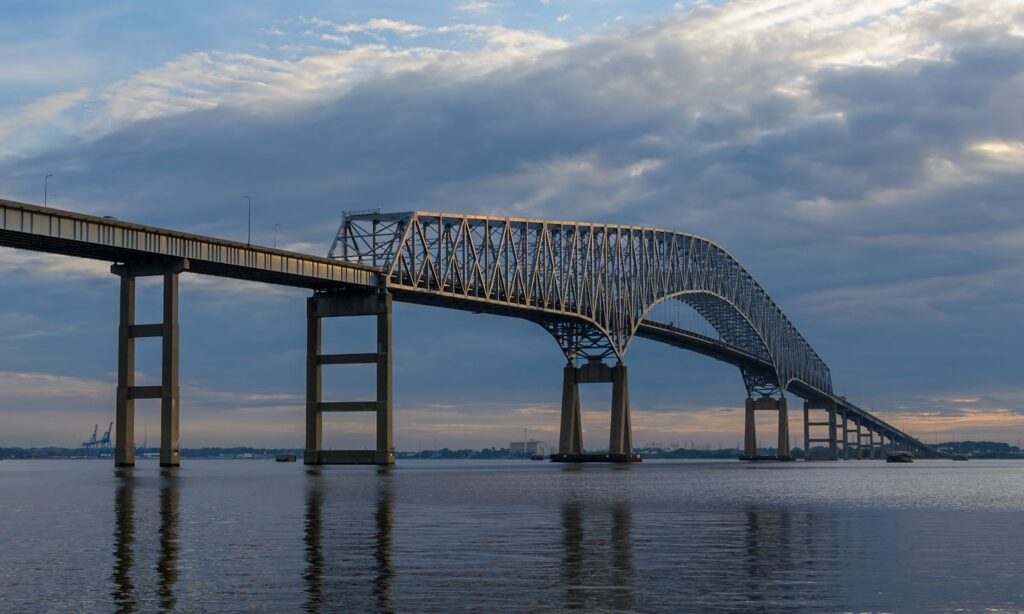
A Dali cargo ship, which contained many hazardous materials such as lithium batteries and fuel, lost its power as it approached the Francis Scott Key Bridge, causing the ship to crash into the bridge late last month killing six people.
According to The Associated Press, experts predict the bridge repair may take anywhere from a year and a half to several years, costing at least $400 million with direct impact on the region’s economy. Until then, the approximate 30,000 people who use the bridge for transportation each day will have to find alternative routes.
Baltimore’s mayor, Brandon M. Scott, issued an executive order declaring a State of Emergency in Baltimore City on March 26 in response to the bridge’s collapse. The State of Emergency will remain in place for 30 days but will be subject to cancellation or renewal as conditions change.
During a press briefing on March 26, Scott referred to the incident as “an unthinkable tragedy” and said that his main priority was to “pray for all those who are impacted, pray for [the] first responders and [to] thank them.”
As the city prepares for economic restructuring following the collapse of the Key Bridge, some Baltimore residents continue to mourn the deaths of six construction workers who were filling potholes on the bridge at the time of the crash. Following the collapse, six bodies were presumed dead by the Maryland Coast Guard leaving the City of Baltimore to enact a recovery action plan.
Baltimore firefighter Vincent DeLoatch expressed immediate concern for the workers and drivers on the bridge during the tragic event.
“My initial thought was, ‘How many people were on the bridge?’” DeLoatch said.
CNN said that the six construction workers were immigrants from Guatemala, Honduras, Mexico and El Salvador.
According to NBC News, the bodies of Alejandro Hernandez Fuentes and Dorlian Ronial Castillo Cabrera were recovered the next day. The bodies of Miguel Luna and Maynor Suazo Sandoval were found on March 27, according to ABC’s WMAR Baltimore. Jose Mynor Lopez has been missing since the bridge collapsed.
As a native born and raised in Baltimore, DeLoatch was very familiar with the bridge and said he hopes to find a solution to prevent such a tragedy from occurring again.
“I’ve traveled on the bridge plenty of times before. I know that other bridges have some sort of reinforcer to protect the bridge. Hopefully, that is what can be implemented when they rebuild it,” DeLoatch said.
Mikhail Lee, a computer science major at Howard University from Baltimore, said he was heartbroken upon hearing of the bridge’s collapse.
“It was treasured in the city of Baltimore for a long time before I was even born,” Lee said. “It hit home. I’ve been thinking about how the impact from that boat brought down so much of the bridge.”
Nya Ray is a junior sports medicine major and chemistry minor at Howard University from Baltimore who suggested the need for increased regulations and safety measures regarding boats passing under bridges.
“I think there could be more laws and safety measures to ensure that the boats passing under the bridge are actually supposed to be in that area,” Ray said. “I also think [that] requiring more emergency-based training for boat pilots would be helpful, as well as finding ways to avoid that passage of cargo ships while construction workers are actively working on a bridge.”
Regarding the role of elected officials, Lee said he desires transparency from Baltimore’s leaders.
“I want them to continue being transparent and understanding when it comes to people’s emotions and to continue to make a difference because a lot of people are in a situation where they don’t know how to express themselves,” Lee said.
Copy edited by Jalyn Lovelady




